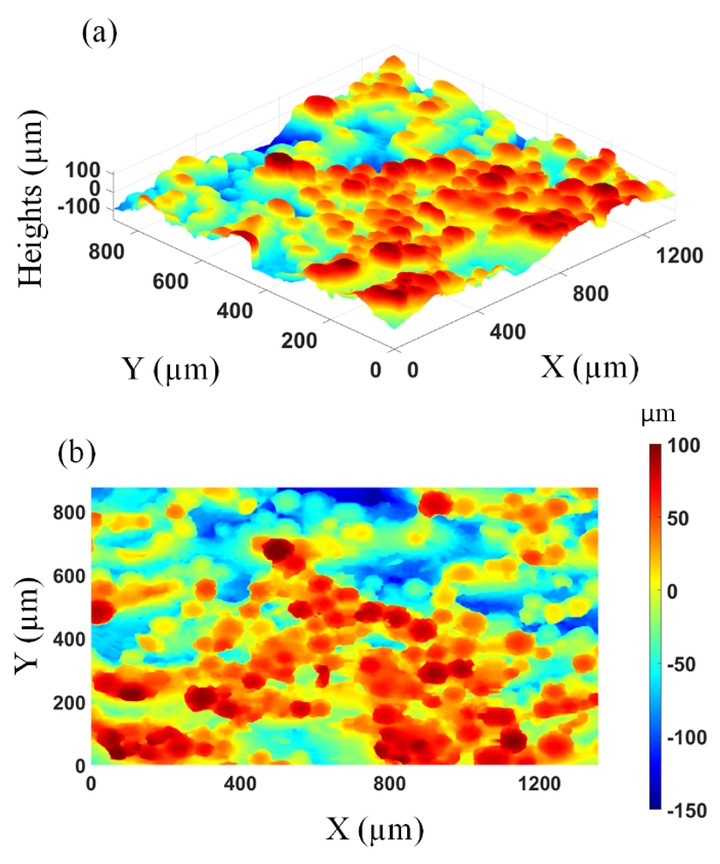Modeling and Performance of Continuous Wave Laser Polishing of Electron Beam Melted Ti6Al4V

Abstract
Continuous wave laser polishing is a promising technique for post-built smoothening of rough metallic surfaces produced by additive manufacturing. In laser polishing, a laser source melts a thin surface layer and redistributes the material resulting in a reduction of surface roughness. This paper develops a first principles-based three-dimensional numerical model for continuous wave laser polishing. The model is validated by comparing the simulated melt pool dimensions to laser polished rolled Ti6Al4V samples. The model predictions of melt pool diameter and melt depth are within 10% of the experimental results. Further, the performance of continuous wave laser polishing as a method to polish rough surfaces of electron beam melted Ti6Al4V parts is investigated. Laser polishing resulted in a maximum reduction of ~87.6 % in surface roughness average, reducing it from 10.5 microns to 1.3 microns. The melt depth predictions from the numerical model were compared with those of polished electron beam melted samples. The model underestimates the melt depth as it assumes an initially flat surface and does not account for the energy accumulation due to light entrapment between peaks and valleys of the rough electron beam melted surface. It was also observed that this energy accumulation due to initial surface roughness has a significant impact at higher scan speeds than at lower scan speeds.